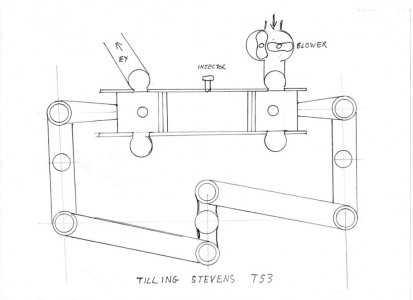B
BRIAN
Forum Guest
Register Today
It's got .
3 cylinders
6 pistons
12 conecting rods
1 crankshaft.
?????????????
regards Brian
3 cylinders
6 pistons
12 conecting rods
1 crankshaft.
?????????????
regards Brian



